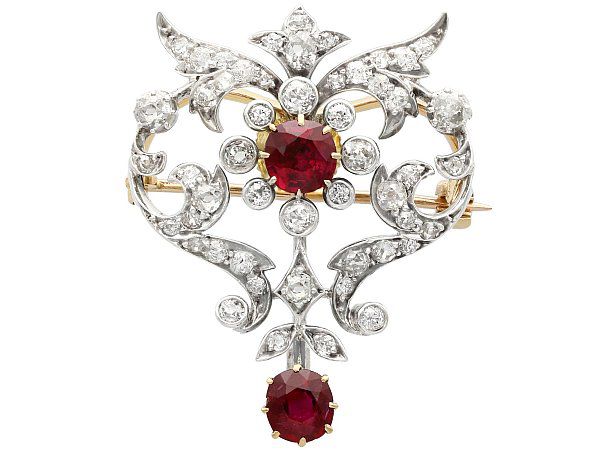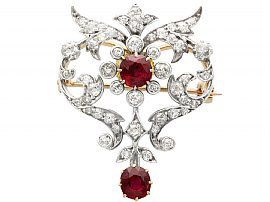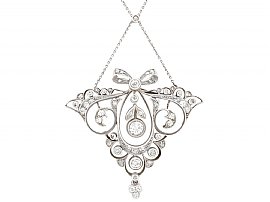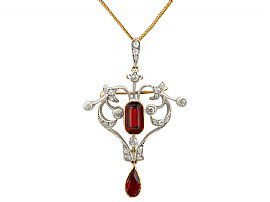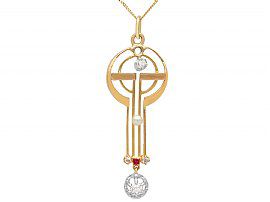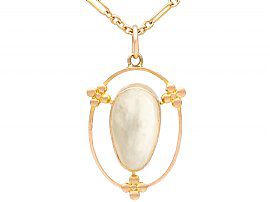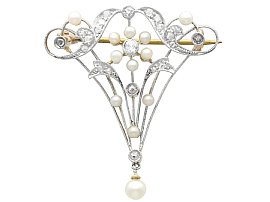Belle Epoque Jewellery
The Belle Époque Era
The Belle Époque era is defined as being between 1871 and 1914. The term ‘belle époque’ is French, meaning ‘beautiful era’. It is defined as such as it sits directly between the Franco-Prussian war and the beginning of World War I, and so it is regarded as a time of relative peace and prosperity. This era was named retrospectively, as it was viewed as a golden age in comparison with the wars which bookended its existence.
This period can be defined by increased technological innovations and scientific discoveries, while the cultural value of artistic pursuits was widely-celebrated. Throughout the significant European cities such as Paris and Milan, homelessness and widespread poverty were still ever-present, but they have been largely forgotten or ignored in favour of remember the best parts of this time.
The Belle Époque era has been rose-tinted and viewed as a near-perfect period of time because of the contrast surrounding it. Throughout the significant European cities such as Paris and Milan, homelessness and widespread poverty were still ever-present, but they have been largely forgotten or ignored in favour of remember the best parts of this time.
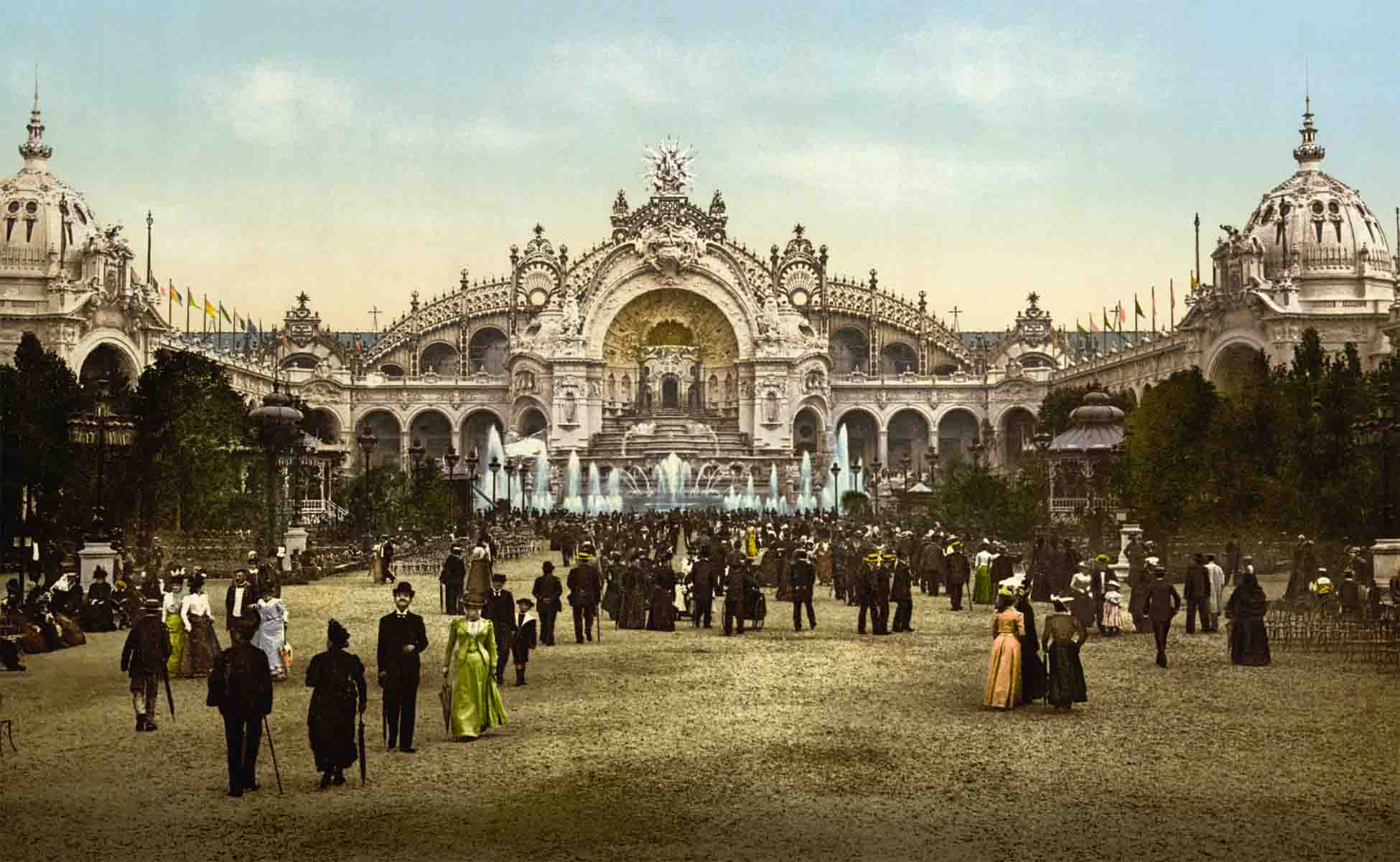 Unknown author, Public domain, via Wikimedia Commons
Unknown author, Public domain, via Wikimedia Commons 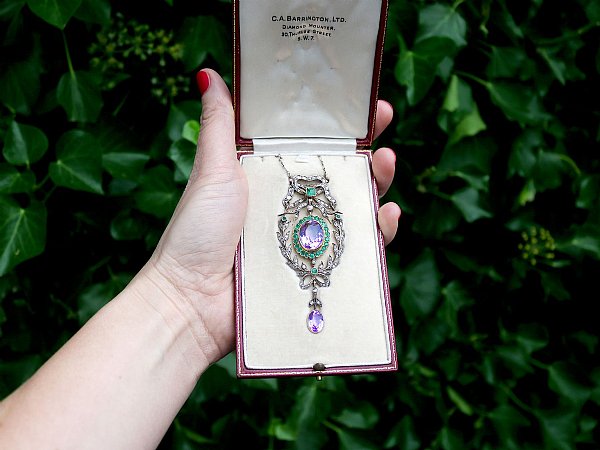
What Is Belle Époque Style?
The Belle Époque style is defined by ornate decorative elements, similar to those which are found in Art Nouveau jewellery;the two styles overlap considerably. There was a significant increase in the usage of platinum in jewellery crafting, and jewellers across Europe were producing more intricate and detailed pieces. Using strong metals like platinum meant that more gemstones could be held securely with less metal, leading to pavé settings with very eye-catching results.
Jewellery from the Belle Époque era was heavily inspired by the lavish Rococo era which came before; emulating a lot of the over-the-top styles found in Marie Antoinette’s own style and jewellery pieces. The style features a lot of symmetrical pieces which imitate the natural world, with elongated sloping shapes taking preference over angular, sharp ones.
Common thematical features of Belle Époque jewellery include bows, ribbons, garland designs and wreaths. These highly decorative features create the ornate appearance of jewellery from this period. Belle Époque jewellery is known for being glamorous and tasteful whilst still maintaining a somewhat bombastic aesthetic.
Belle Époque Jewellery Types
While jewellery of all kinds was made in the Belle Époque style, there are certain types of Belle Époque jewellery pieces that are emblematic of the time period itself. Pendants, for example, are the perfect symbols of the styles prominent throughout the late-1800s and early-1900s.
Another example is brooches. Brooches crafted in the Belle Époque style are the ideal size and shape to properly demonstrate the sweeping shapes and curves often found in this aesthetic. Furthermore, headwear like tiaras and diadems were popular during this time, not having quite such an extreme royal connection as they do today.
These pieces were not commonly made long after the Belle Époque, with historical events like World War I taking precedence and such lavish types of jewellery falling to the wayside for their lack of practicality.
Our Belle Époque Jewellery
With the time period and aesthetics firmly established, we will explore some Belle Époque jewellery pieces currently within the AC Silver inventory and appreciate them as examples of their time period.
Antique Austrian Diamond Pendant
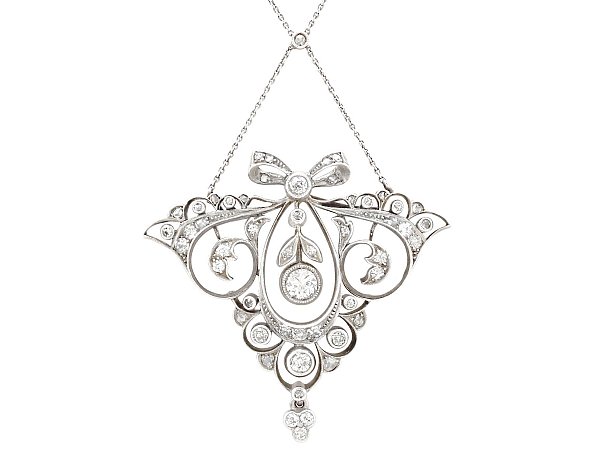
This antique jewellery piece perfectly embodies all of the aspects of Belle Époque jewellery that are highly sought-after and appreciated today. The pendant itself is almost reminiscent of a butterfly in its shape, with two outstretched wings which are heavily decorated with diamonds.
The bow at the apex of the pendant lines up with a central feature diamond in addition to a diamond drop at the tapered terminal of the piece. Yellow gold and white gold are utilised together to create a delicate duality of colour in this jewellery piece. The curving lines at either shoulder of the pendant show floral influences, replicating patterns found in nature.
Peridot and Diamond Platinum Pendant
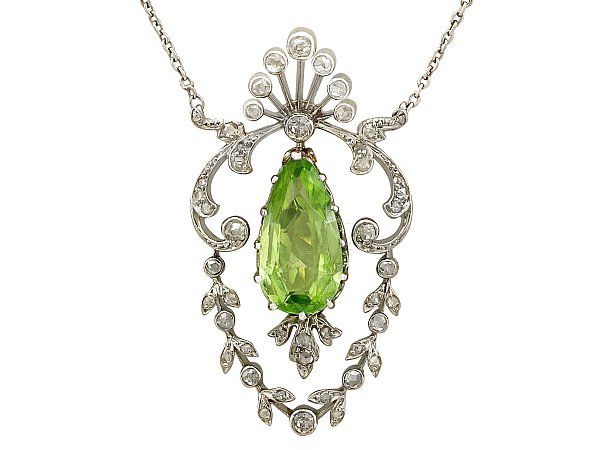
This pendant shows a garland or wreath-like style which is very typical of the Belle Époque era.
The paired leaf swag extending to create the terminal of the pendant features a large number of diamonds, also a common feature of jewellery from the Belle Époque period of platinum jewellery creation.
The focal peridot is a pear-cut gemstone showing a natural green colour, a colour which was used often at the turn of the 20th century.
The dramatic splay of diamonds at the apex of the pendant is the finishing touch that makes this piece of jewellery a very typical piece of Belle Époque jewellery.
Diamond and Pearl Brooch Circa 1890
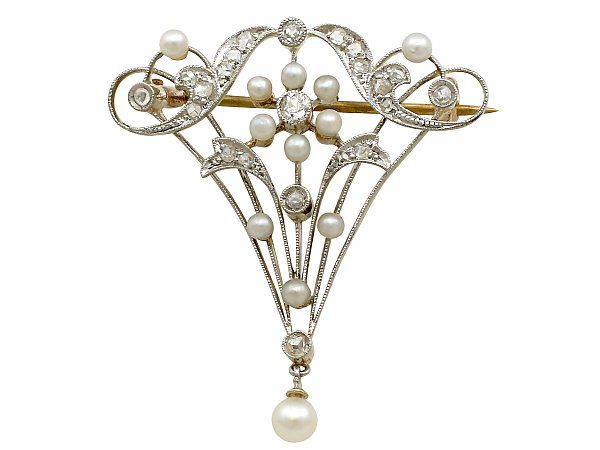
This antique brooch is another example of the common sweeping shapes found in jewellery from this time period. The broad top of the brooch features a sequence of inter-connected platinum settings which overlap and interweave with one another, another popular element of Belle Époque jewellery.
The gathering at the terminal of the brooch brings all of the platinum strands together and culminates in a diamond and a single pearl drop which completes the design. The use of pearls and diamonds together is a commonplace feature in Belle Époque jewellery pieces, paired with platinum in this piece to create a crowded, millegrain decorated finished piece.
Although the Belle Époque period certainly had its faults, it is remembered through rose-tinted glasses as a golden age, and – for much of Europe – it was a time of significant innovation in all areas of life. Belle Époque jewellery is just one area in which the advancements of the time are glaringly obvious and still widely appreciated today.
